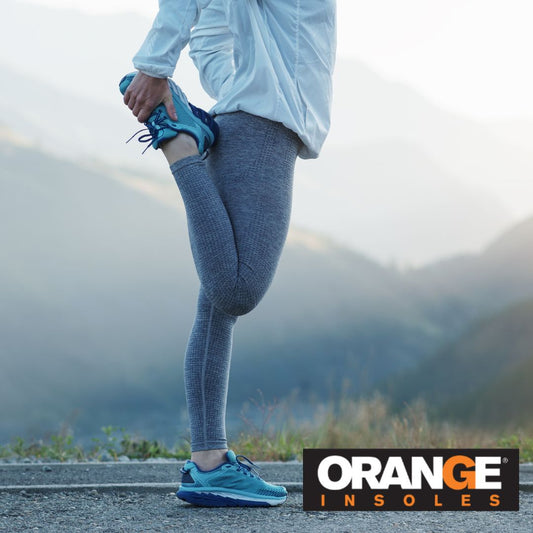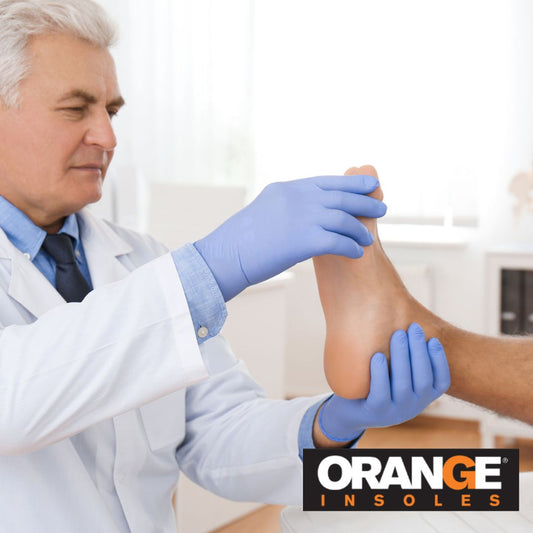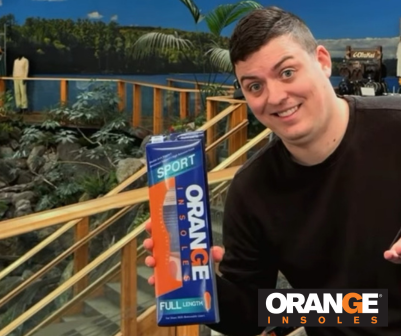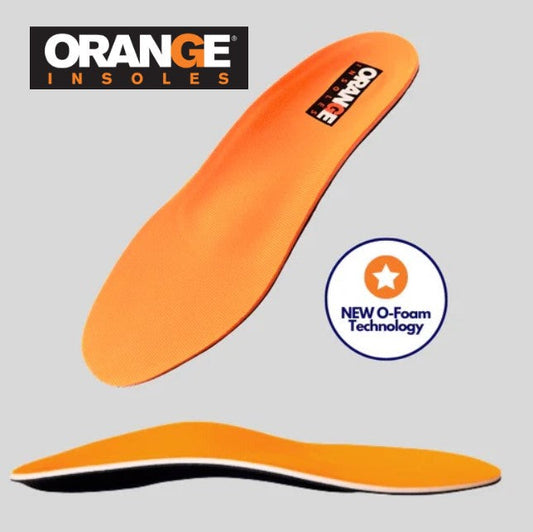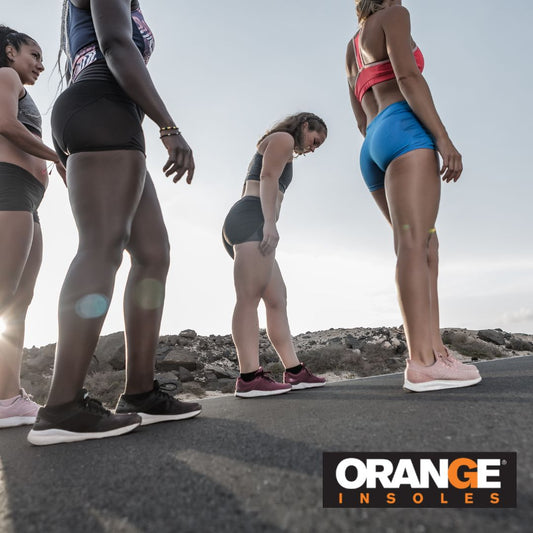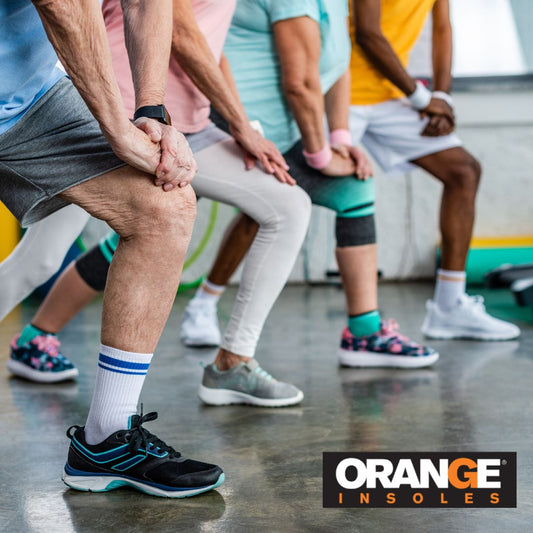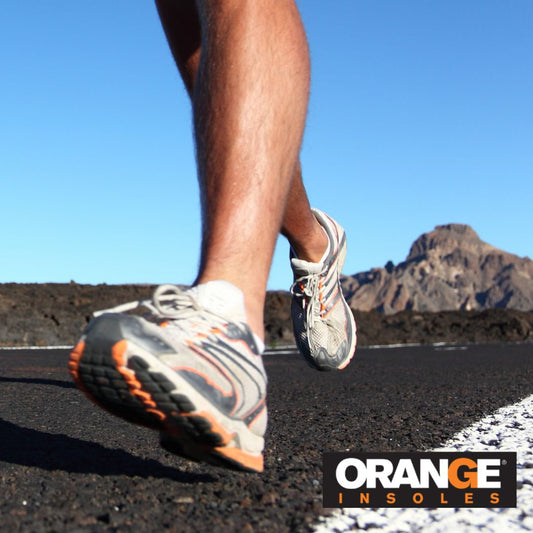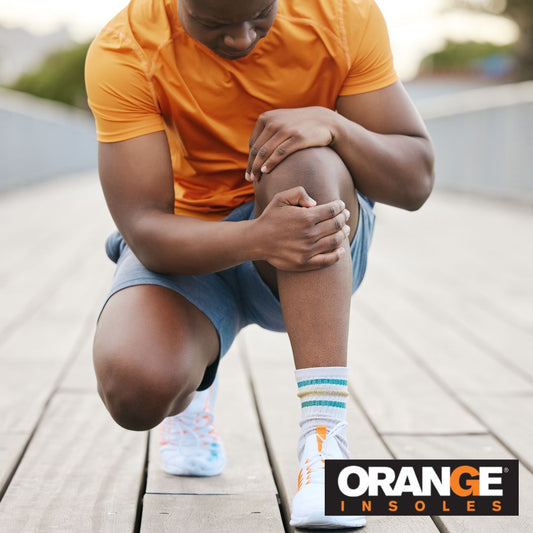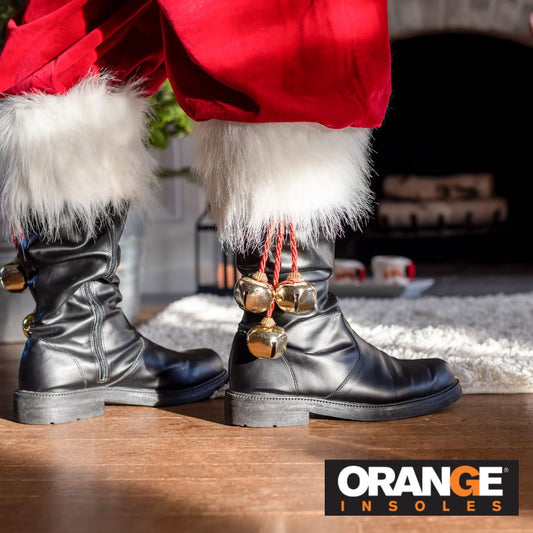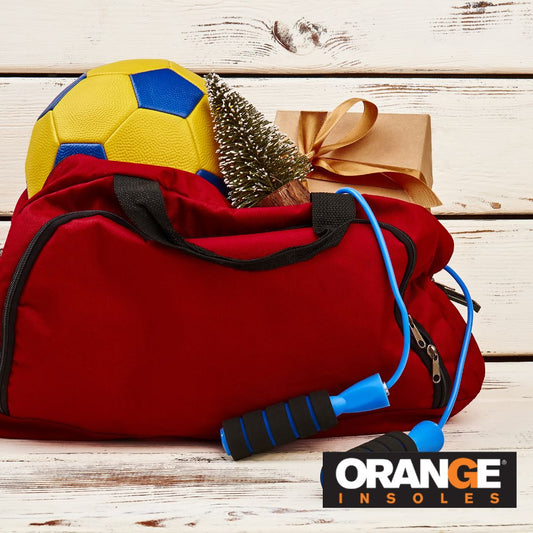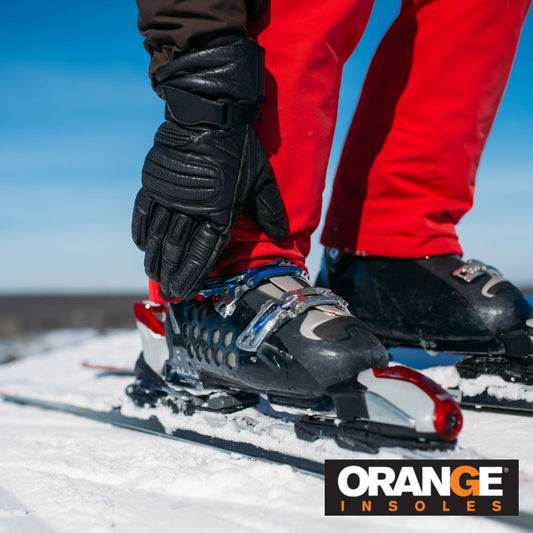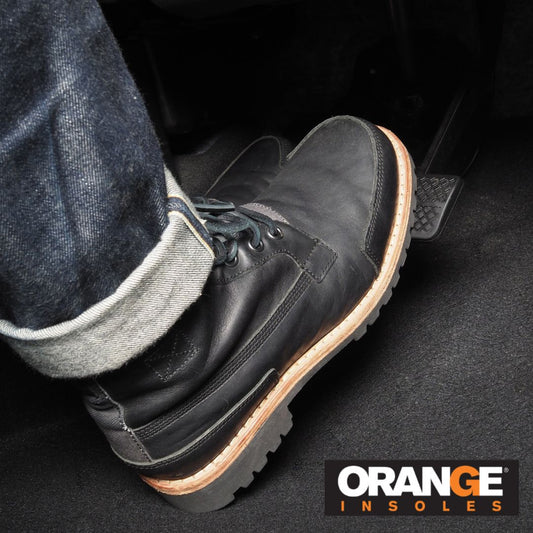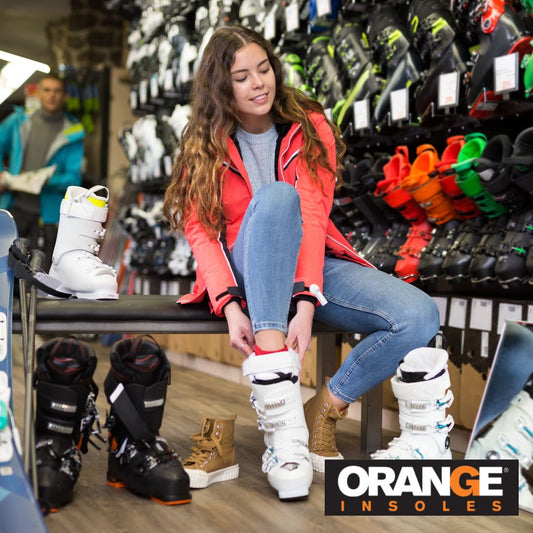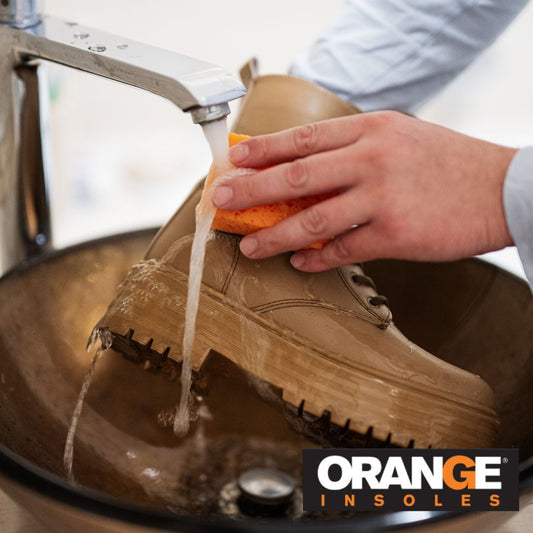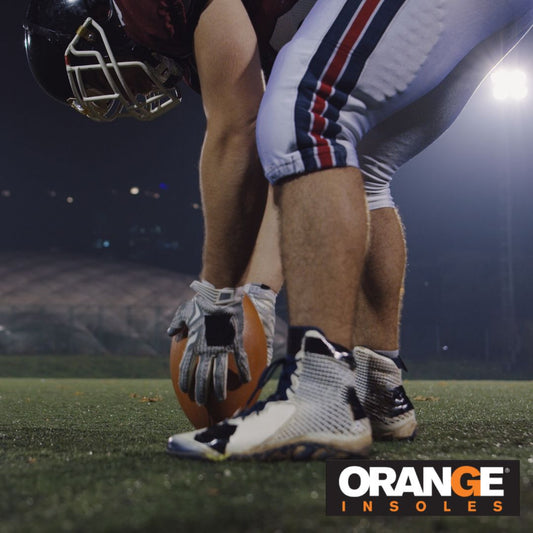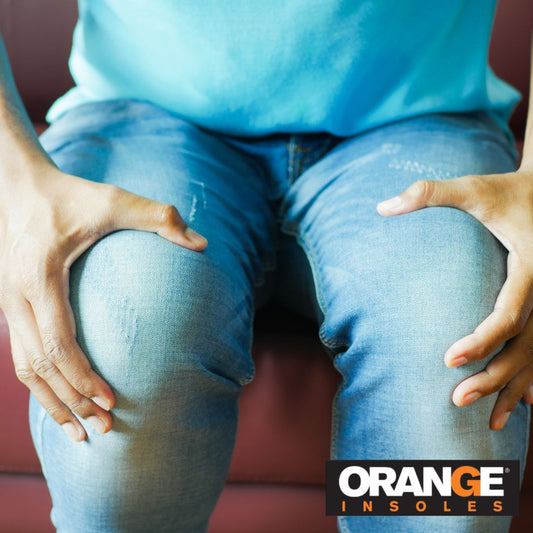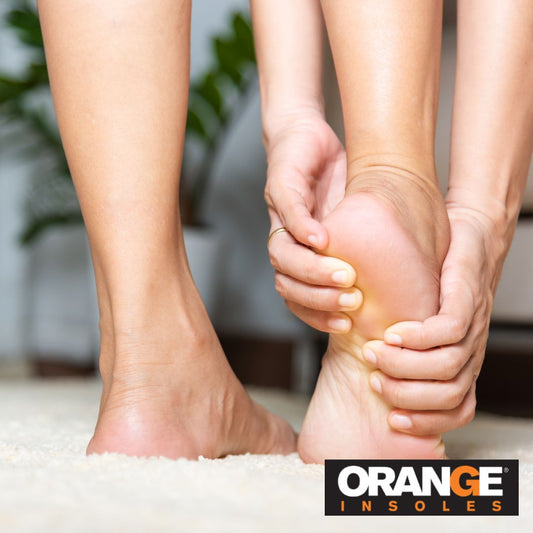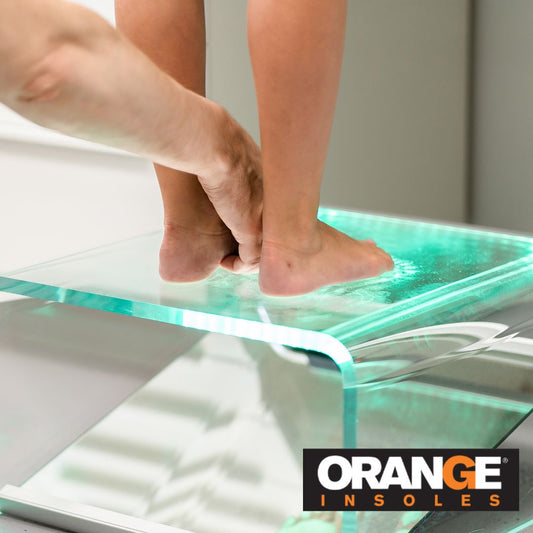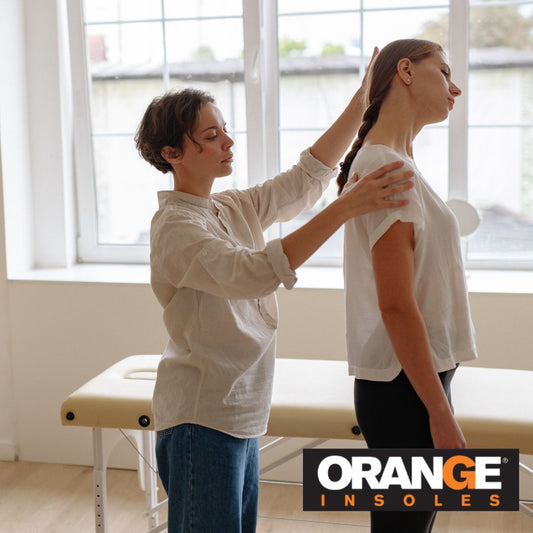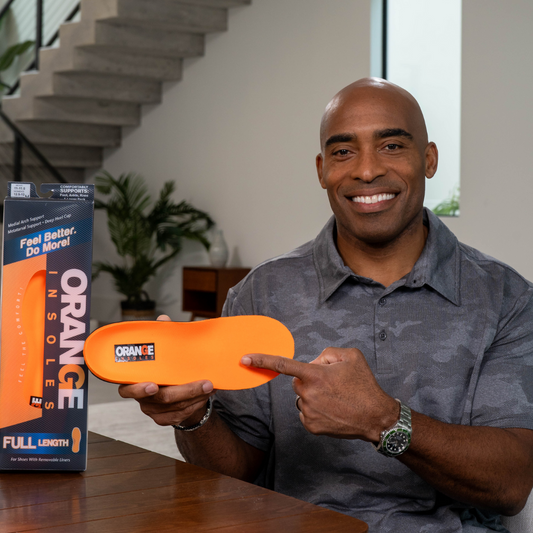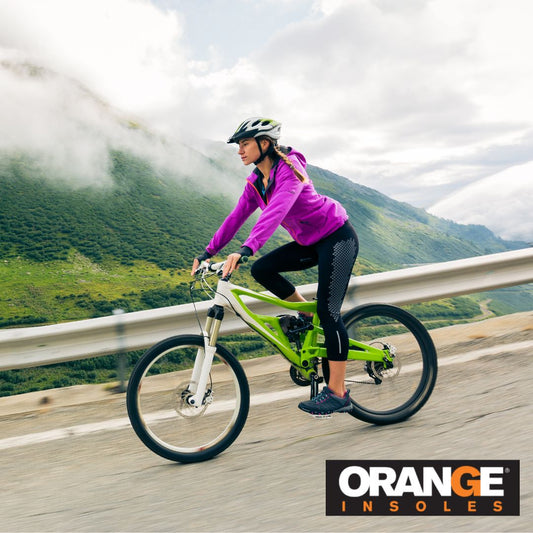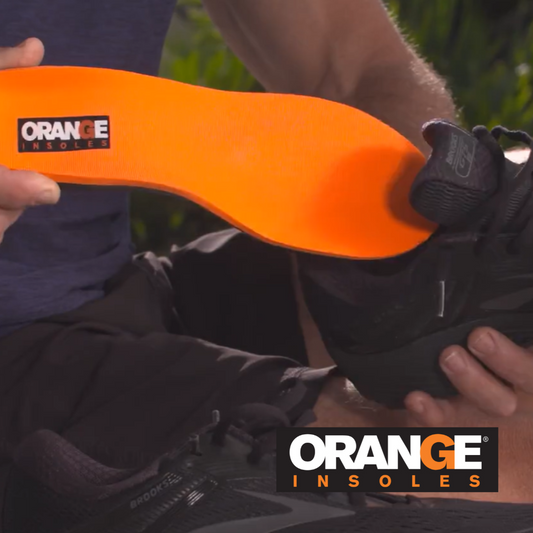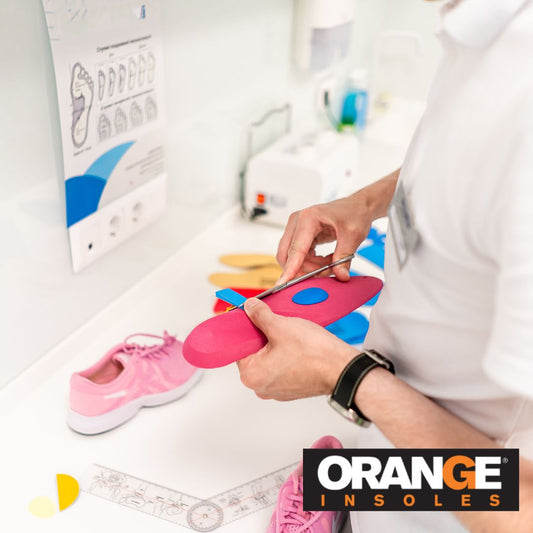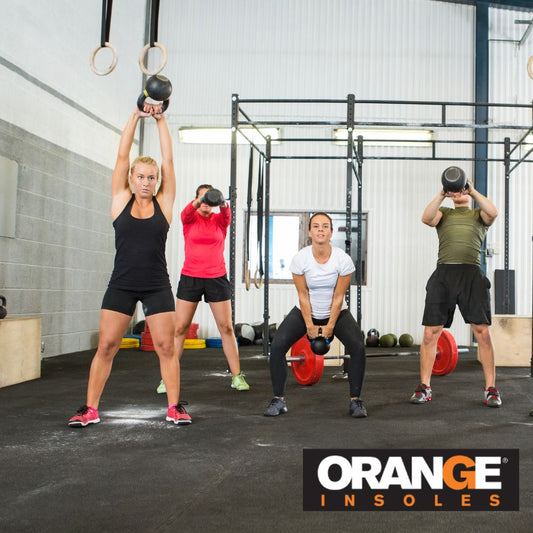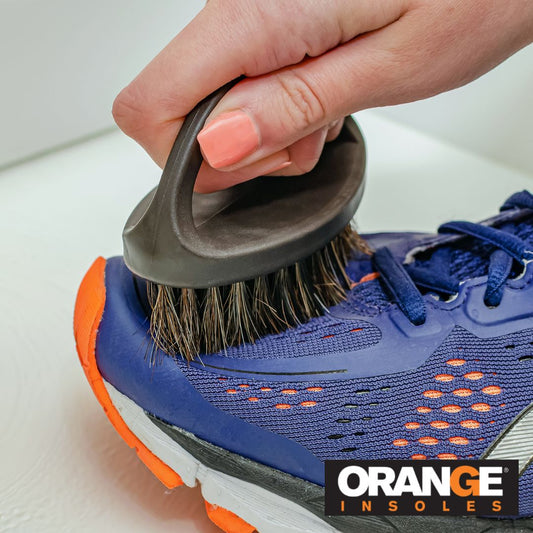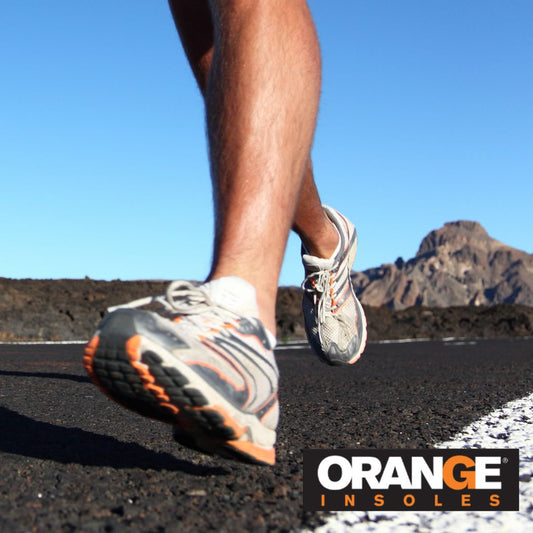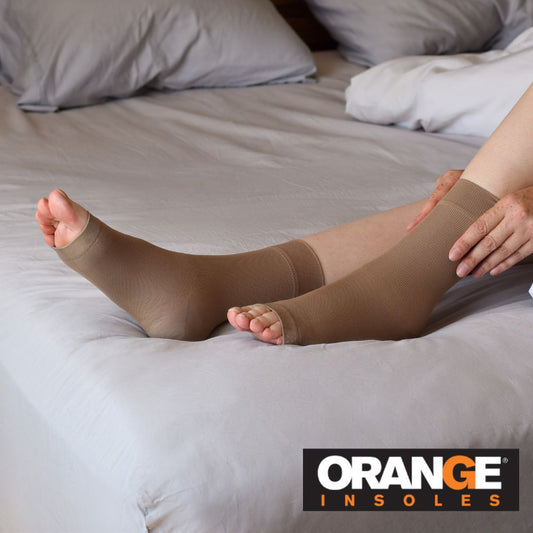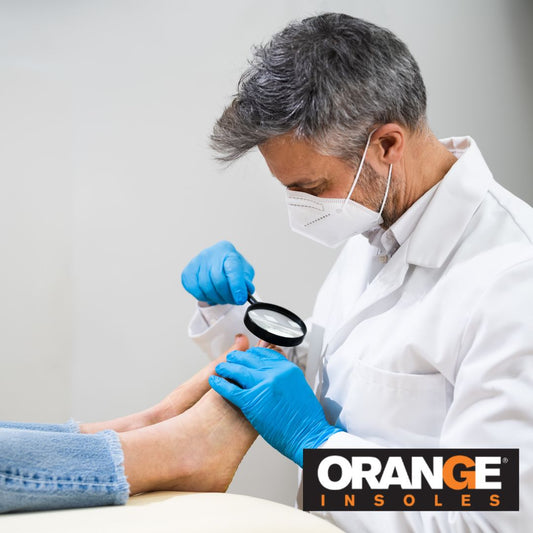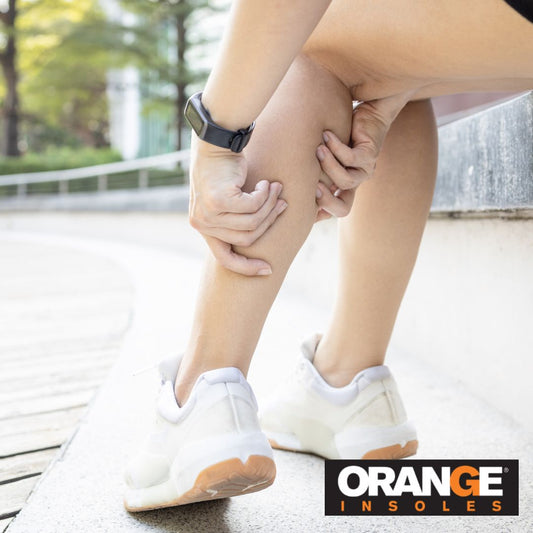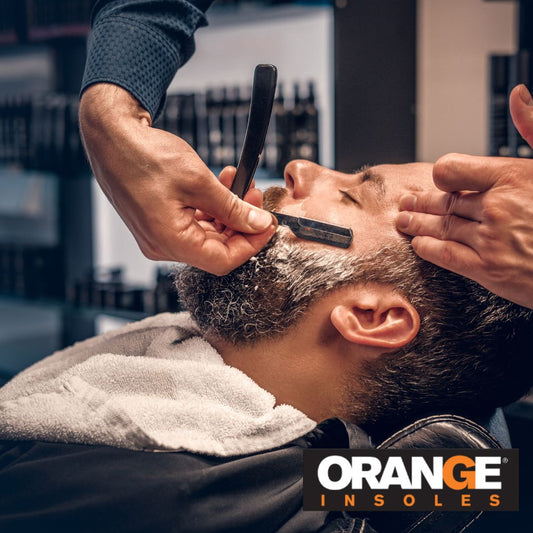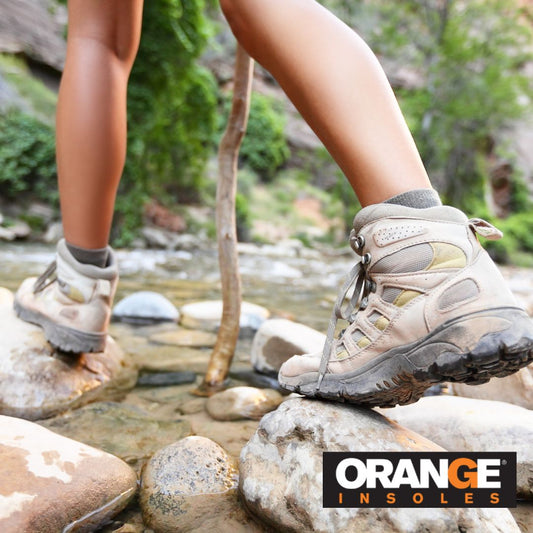We write a lot of blogs about how to make sure your feet are supported during various physical activities.
Running. Golfing. Field sports. There are plenty of activities with specialized footwear, and it always pays to make sure that you’ve got plenty of support if you participate in them.
But what if you’re a winter sports nut? Does support matter when you’re hitting the slopes?
Absolutely! Let’s take a look at the Ski Boot, and make sure that you have the support you need, whether you’re hitting the Black Diamond or the bunny hill.
What Makes A Ski Boot?
In our post on the Anatomy of a Shoe, we talk about the various elements of any piece of footwear.
There’s the outsole, or base, which is the part of the shoe that hits the ground.
Above that is the midsole, which sits between the outsole and the foot.
And then there’s the upper, which wraps around the foot to hold it in place.
What makes a Ski Boot unique? For one, it’s incredibly rigid.
Because ski boots connect directly to the skis, moving the boot will also move the ski. You don’t want a lot of give there, because you want your skis to be responsive. So ski boots are made using a lot of plastic and don’t have much give.
Also, there’s the specialized outsole.
Because the outsole of the ski boot is meant to attach to skis, and isn’t meant to walk directly on the ground for long periods, it doesn’t have the wide, well balanced outsole you’d expect in a supportive boot.
That’s because with a ski boot, your walking gait is largely irrelevant.
When you ski, you’re sliding across the surface of the snow, which means that your feet won’t go through the usual stepping motions that can lead to issues like overpronation.
Ski Boot Arch Support And Performance
Does that mean that your alignment and weight distribution aren’t issues with ski boots?
Actually, they can be incredibly important for both comfort and performance.
Think about how your foot interacts with a ski boot. Because the boot is rigid and tight, for the sake of responsiveness in your skis, you want a snug fit without any sort of foot movement within the boot.
Now, if your ski boots lack the right amount of arch support, you may get some of that unwanted movement.
For example, when you want to turn, you shift your weight and push down along the edge of the ski to nudge you in the right direction. If your arch collapses, you won’t get the response you want.
You need to be able to facilitate that energy transfer.
In contrast, if you have proper arch support, your entire weight will be able to shift down to the ski.
Ski Boot Insoles And Comfort
If your ski boots do not have much in the way of arch support, consider adding an insole.
A supportive insole designed to post the medial arch can help your weight distribution and improve your performance by reducing foot motion within the ski boot.
Orange Insoles can provide just that support, as well as a heel cup and metatarsal pad to aid in weight distribution and overall comfort, to prevent foot fatigue as you prepare for a long day of shredding fresh powder.
Orange Insoles are available in different styles and sizes to fit any style of ski boot. Find one in your size today!








